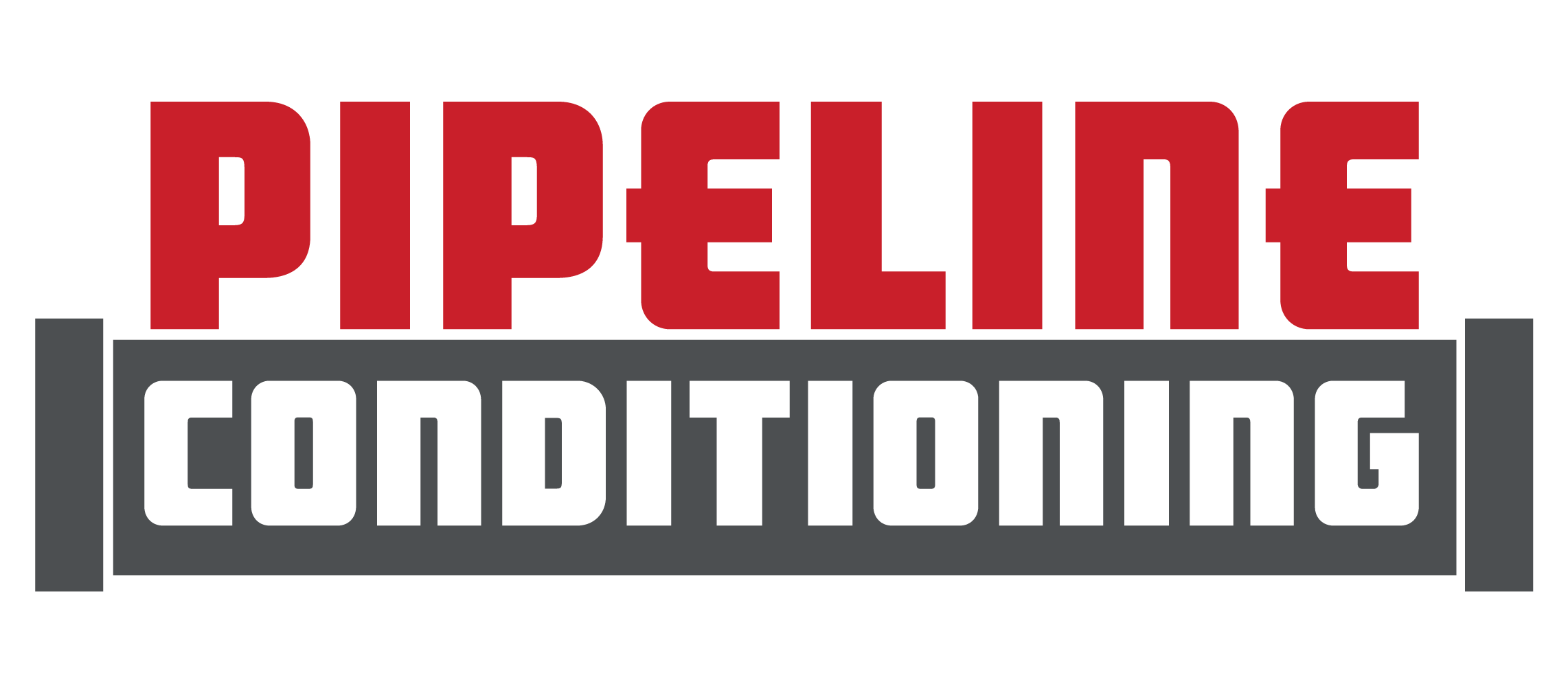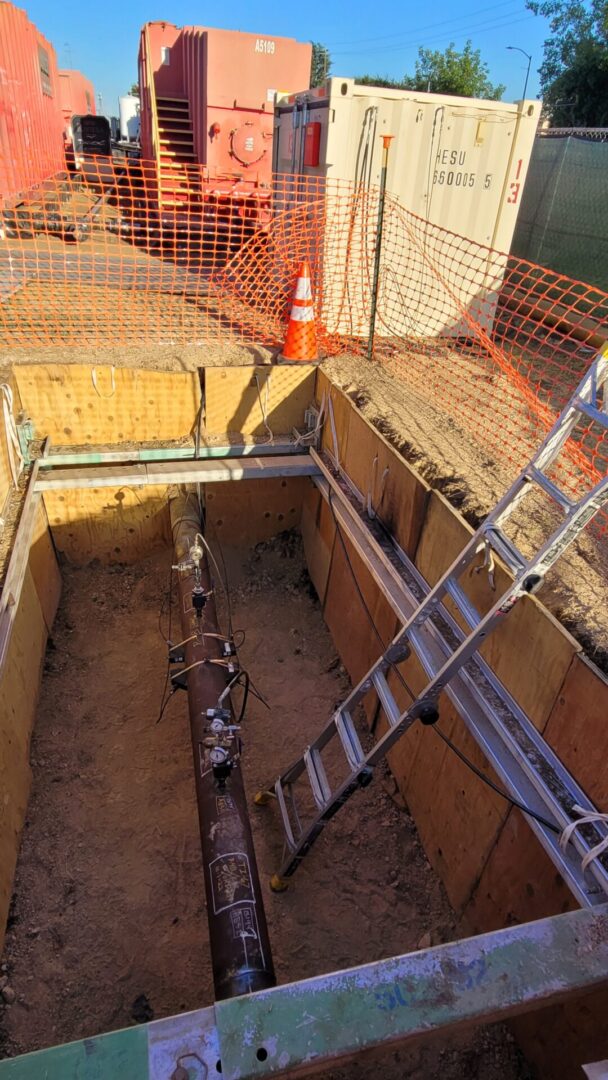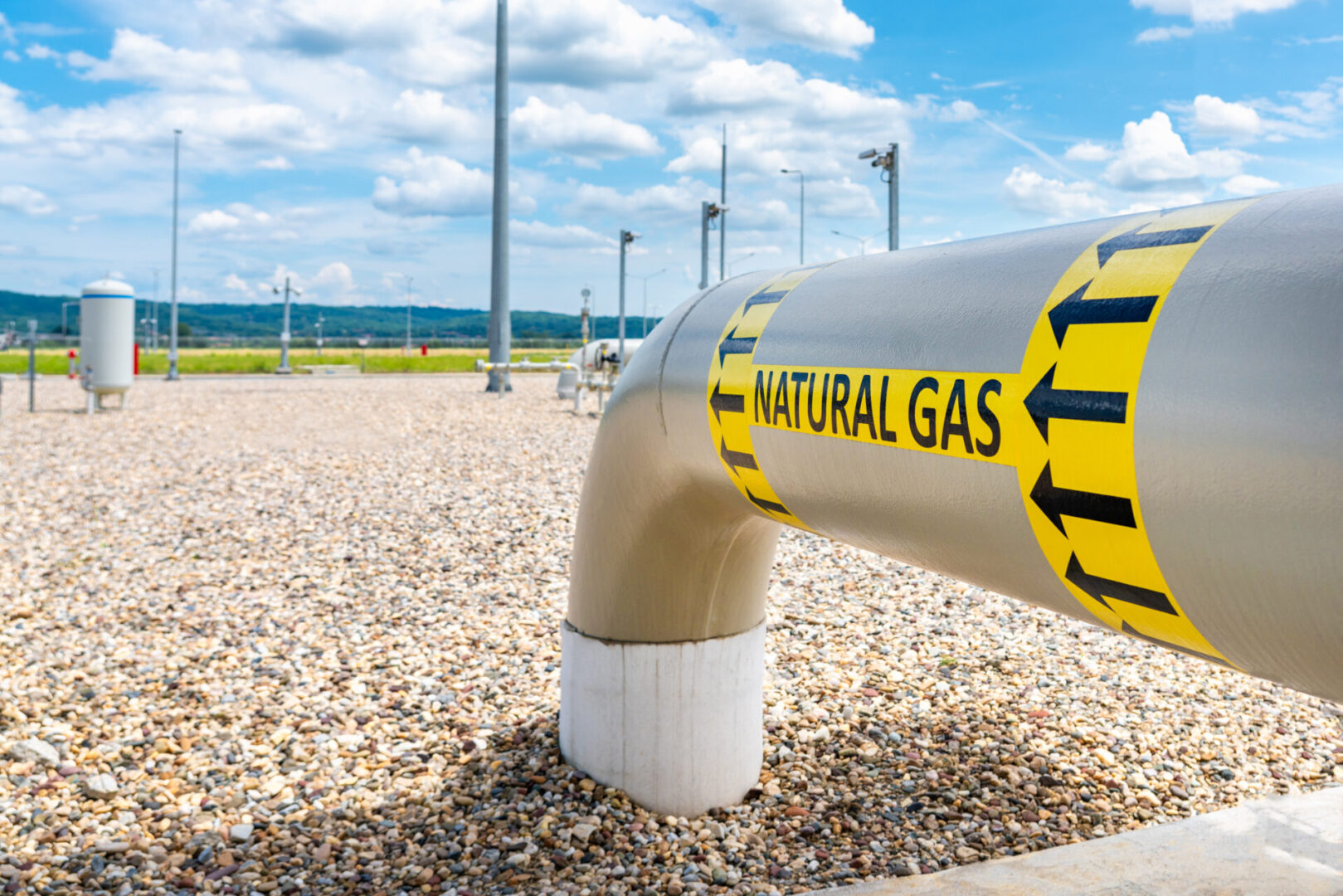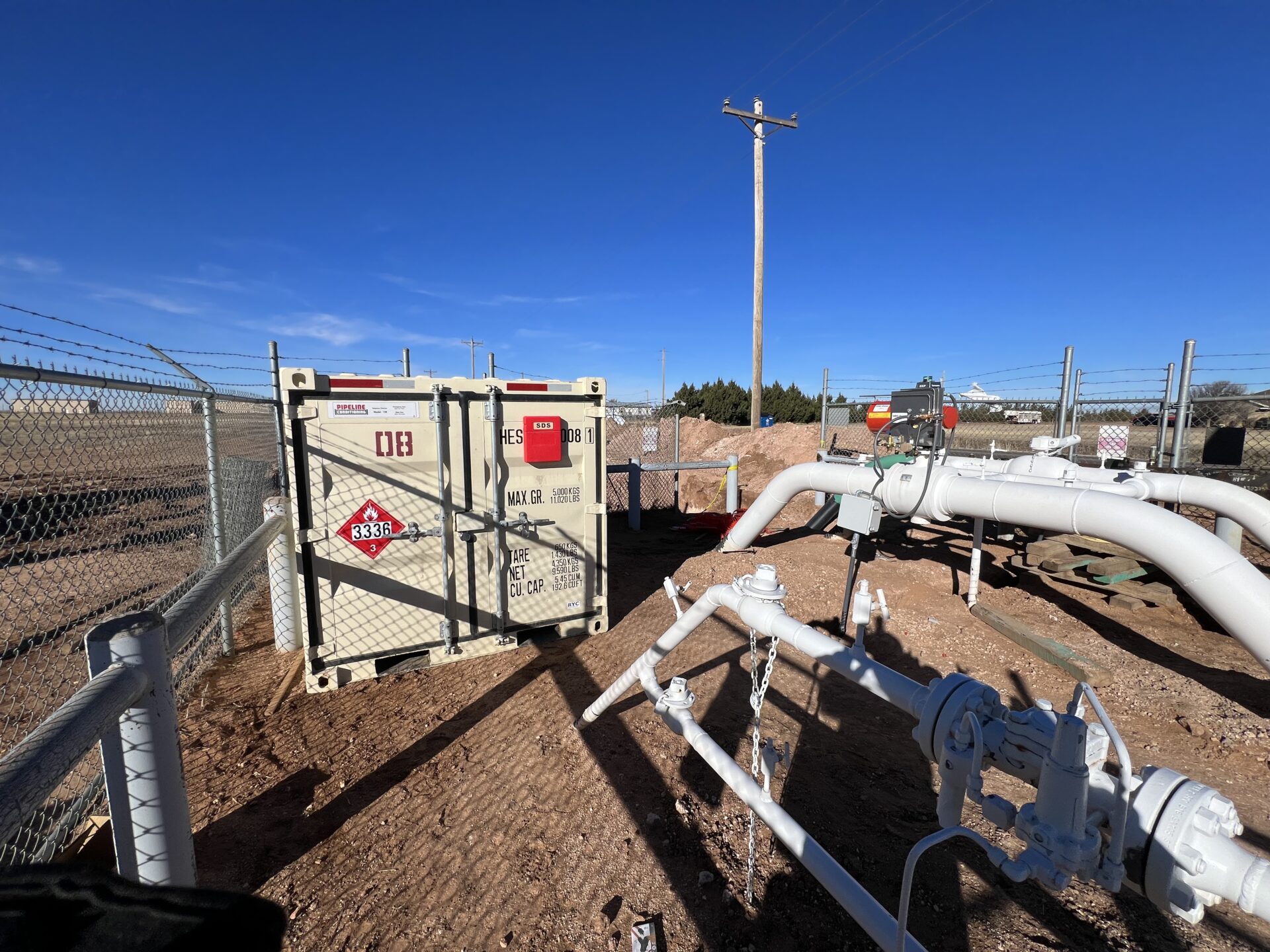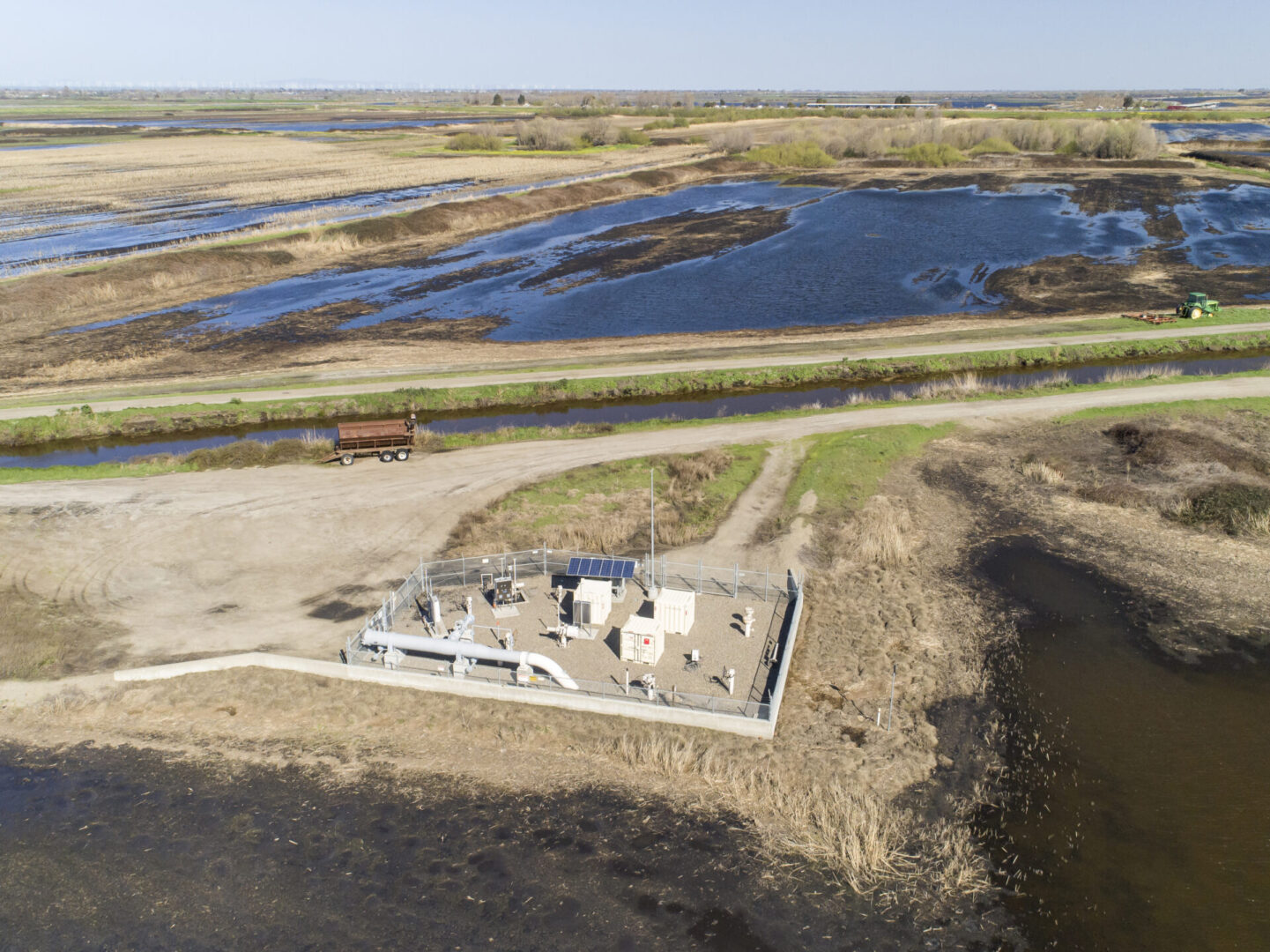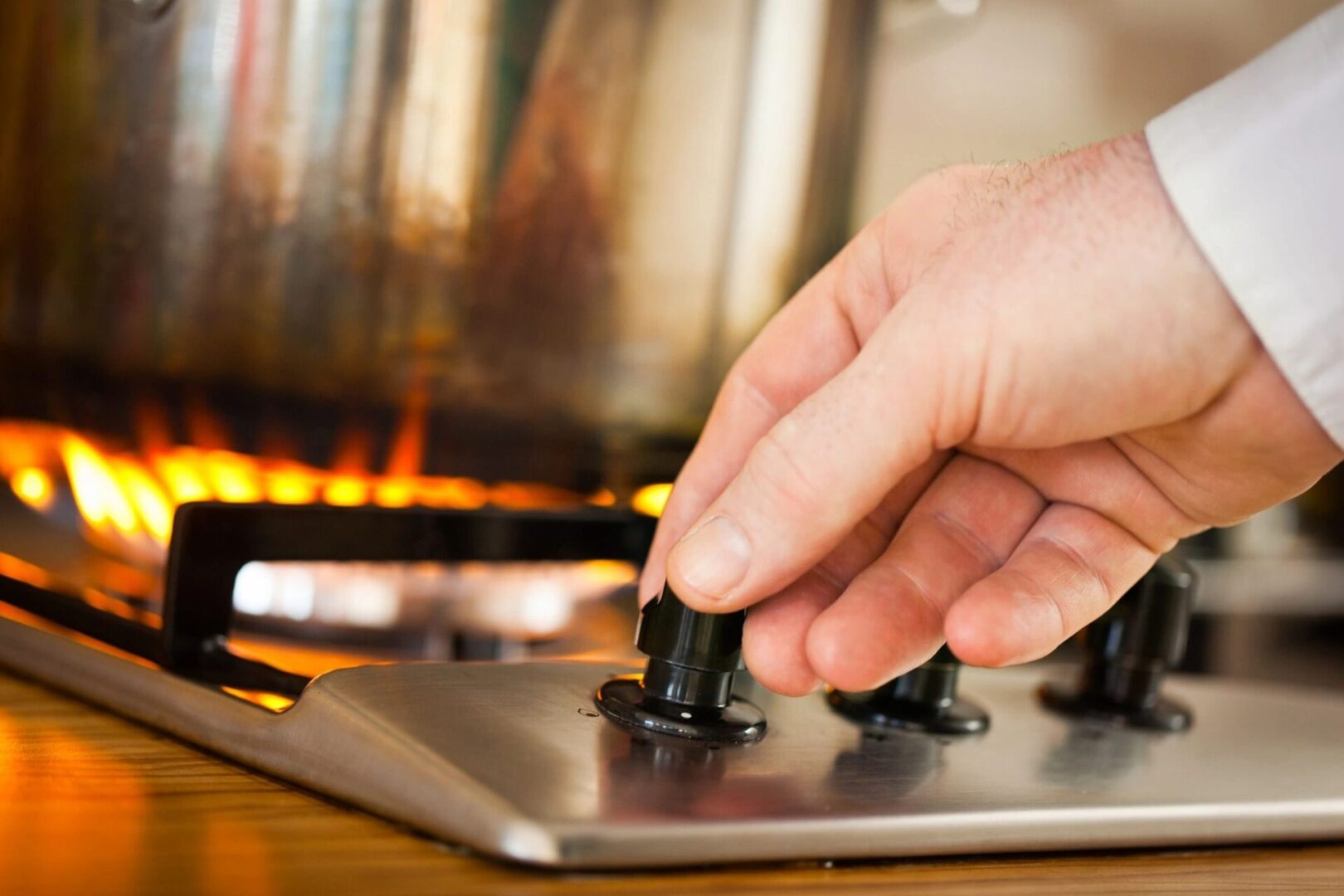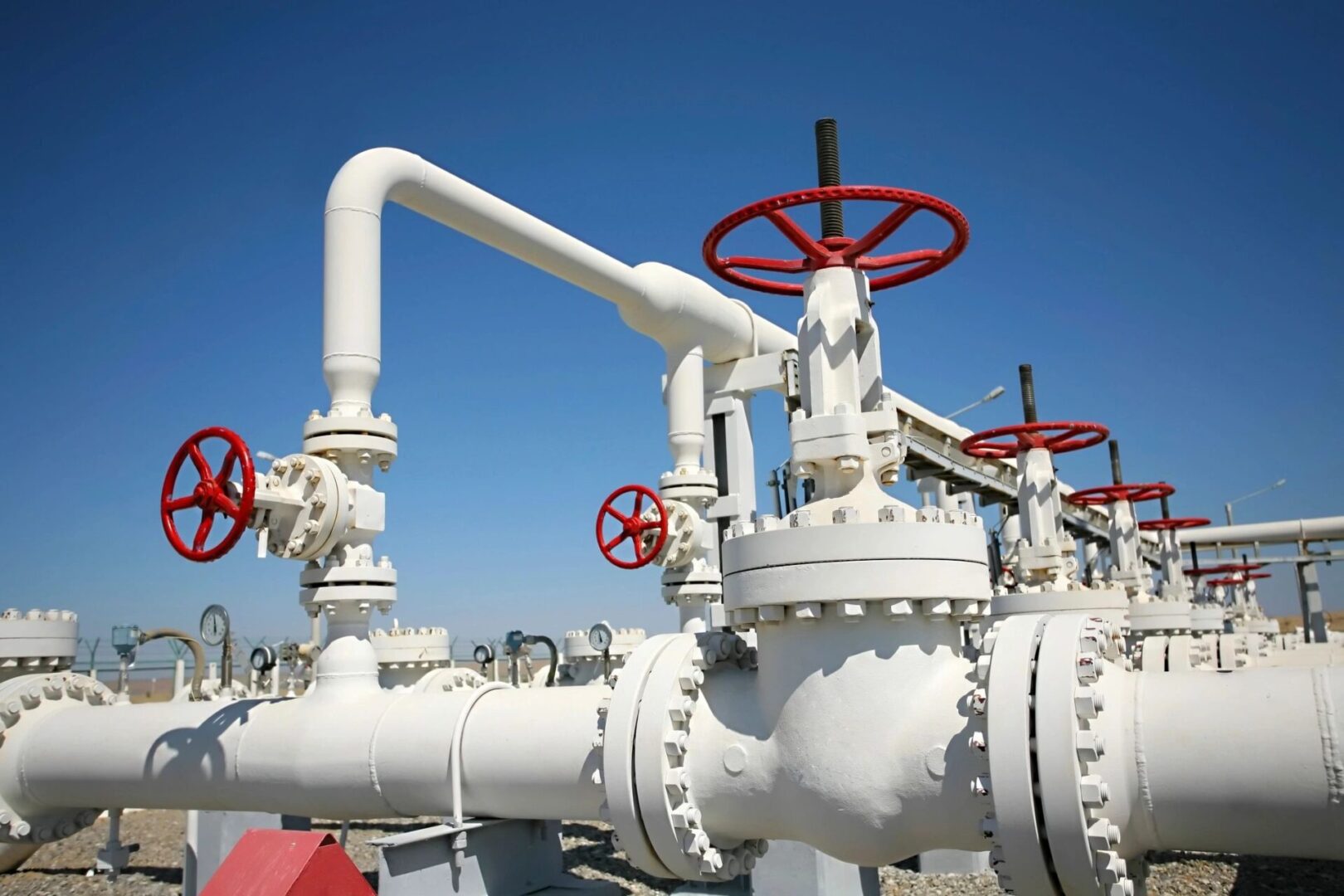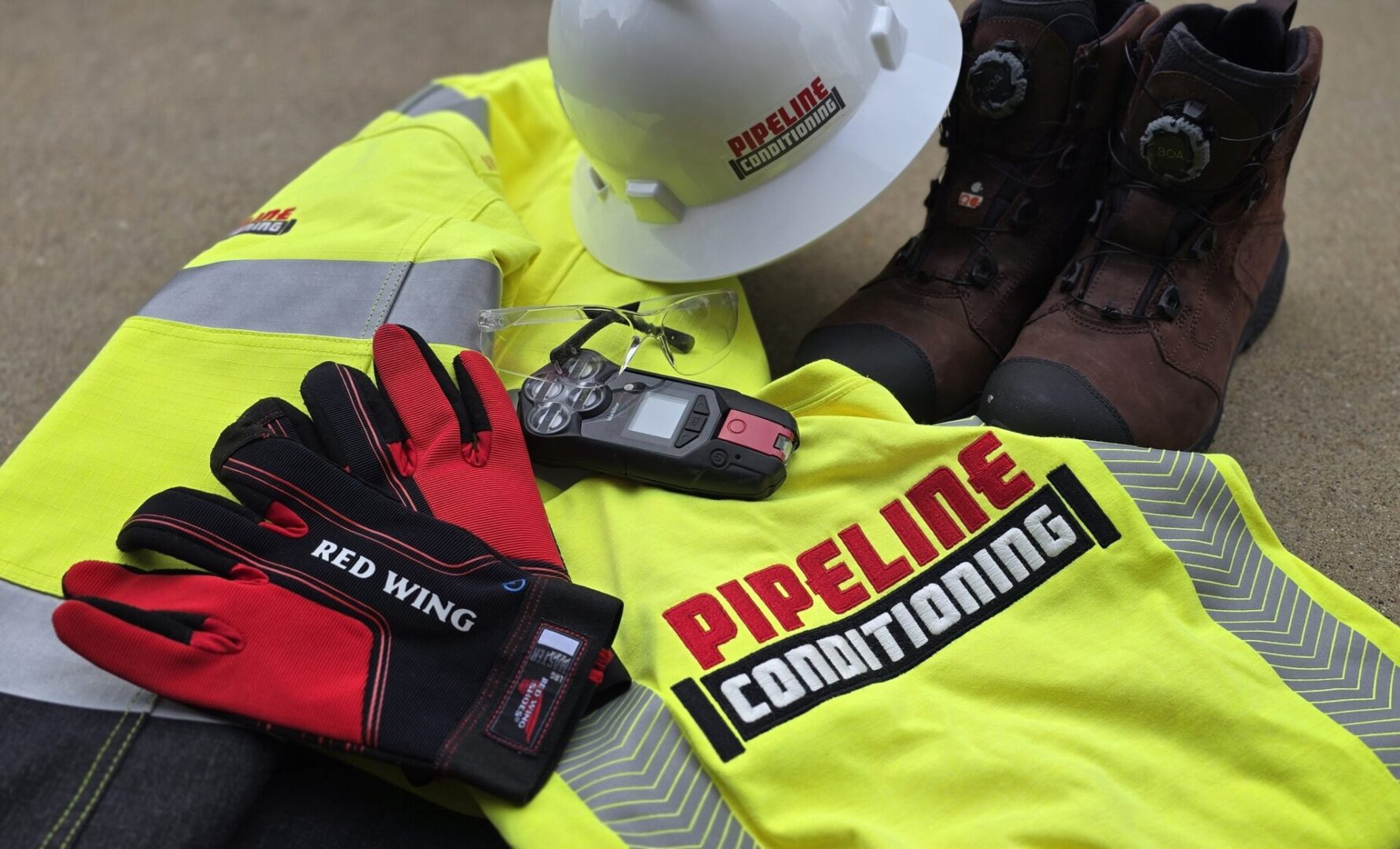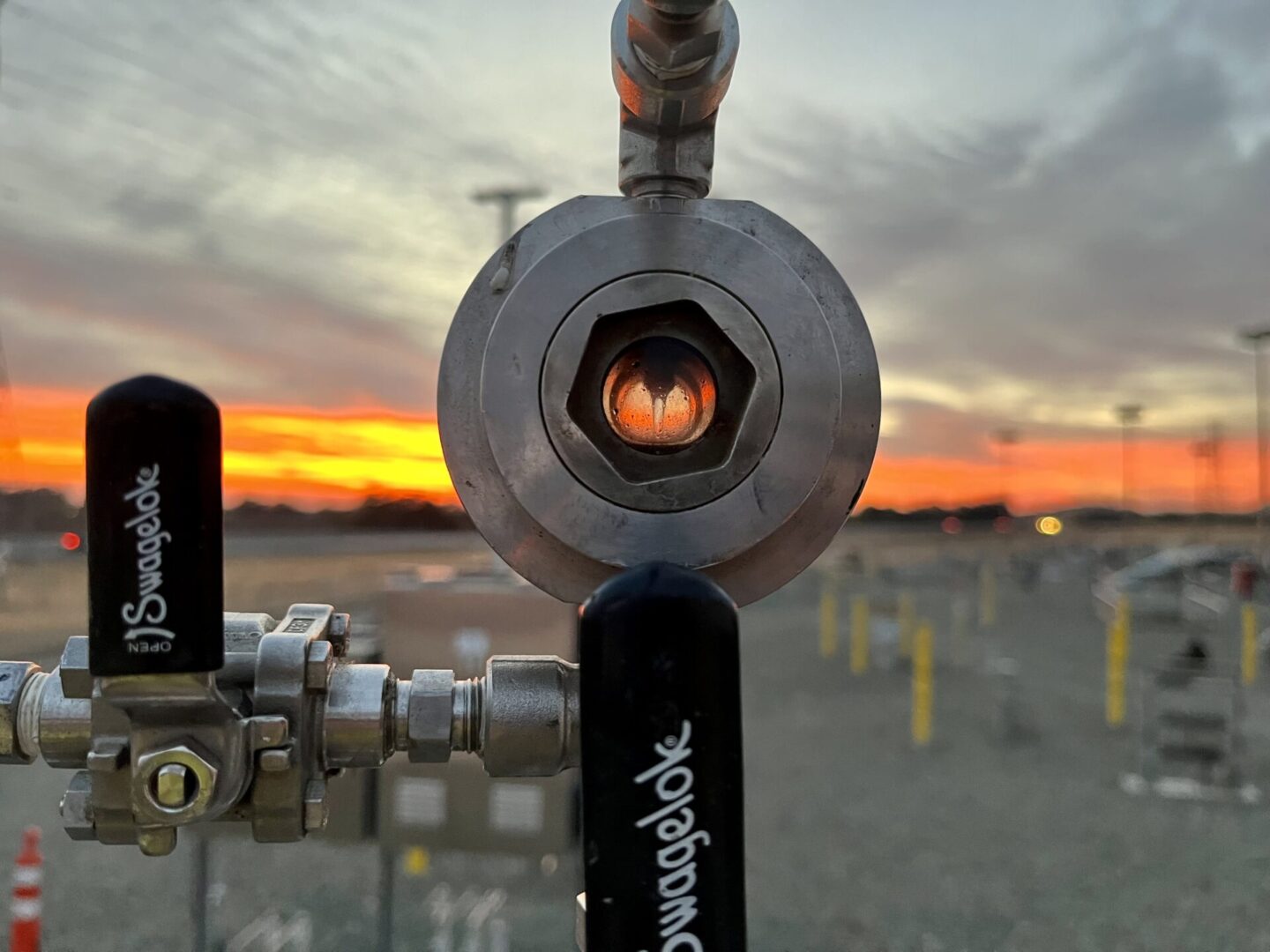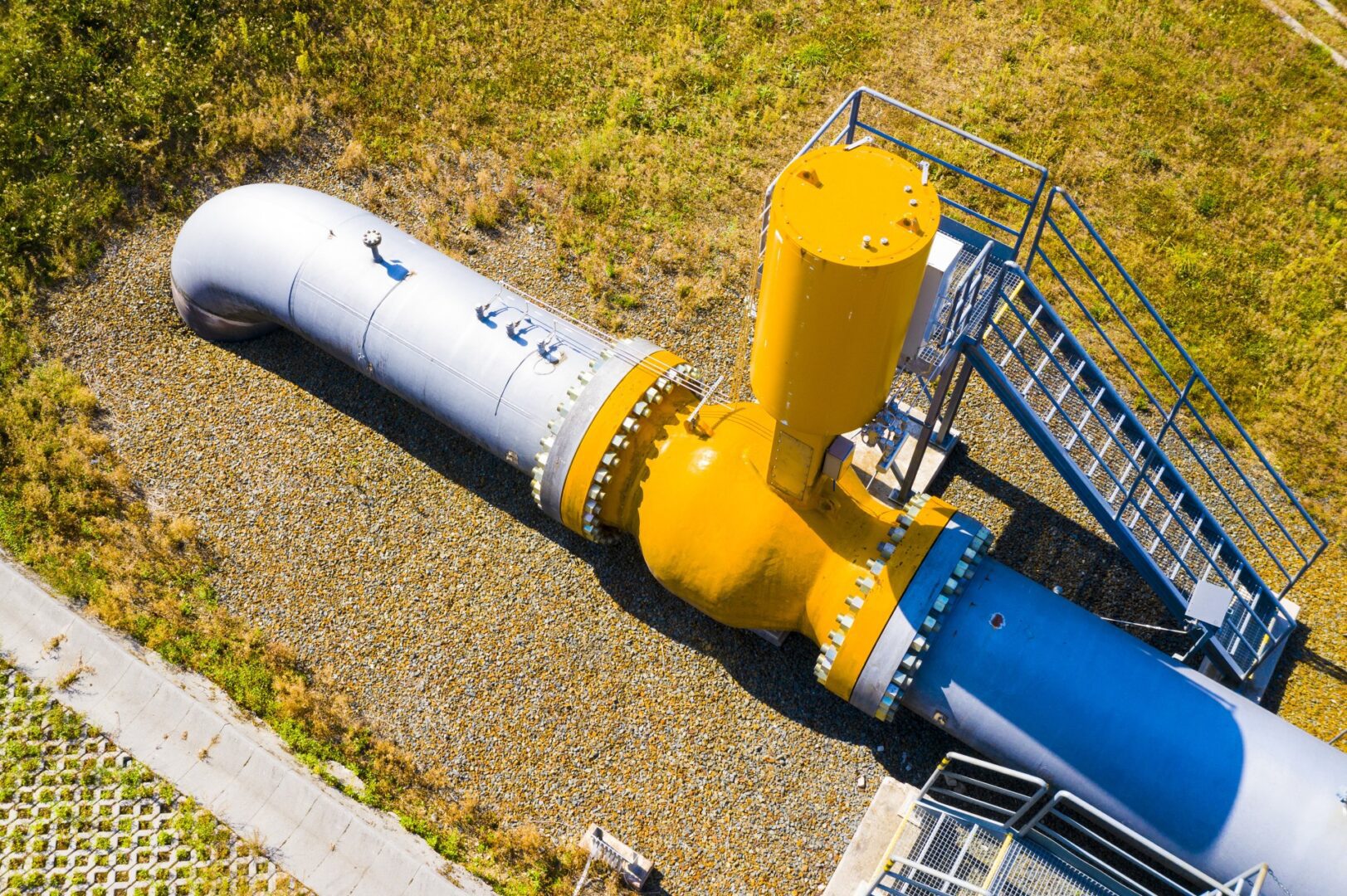
Myths and Truths About Odorization
Odorization is one of the most important safeguards in the natural gas industry, but it is also one of the most misunderstood. We hear the same myths over and over again in the field, and they often lead to bad practices, unnecessary risks, or costly mistakes. At Pipeline Conditioning, we believe the best way to raise the bar is to clear up the confusion.
Here are some of the biggest myths we run into, and the truths that operators need to know.
Myth 1: You Can Just Use Your Nose to Test Odorization
Truth: The human nose is not a reliable measuring tool. Sensitivity varies from person to person, weather conditions distort results, and odor fatigue sets in quickly. Odor fatigue happens when the sense of smell becomes desensitized after only a few minutes of exposure. What smelled strong at first may no longer be noticeable, even though the concentration has not changed. We always use calibrated analyzers and real-time data before anyone takes a sniff. The nose is only a confirmation, never the proof.
Myth 2: Odor Fade Only Happens After Startup
Truth: Odor fade often begins before gas-up. New pipe, whether steel or polyethylene, can reduce odorant levels during the initial conditioning process. Steel shows greater fade because of its scale and oxide surfaces. Plastic typically shows less, but it still absorbs odorant into its walls. Black PE pipe can absorb more odorant than lighter-colored pipe. Although fade in plastic is often quicker to correct, it still requires careful attention. Waiting until after startup to test for fade is too late. We perform pre-fill sampling and adjust in real time to make sure the line is ready before gas ever flows.
Myth 3: PE Pipe Can’t Have Odor Fade
Truth: This one comes up often, and it is flat-out wrong. Polyethylene pipe does absorb odorant, just in a different way than steel. The result is still weaker odor levels at the outlet. Plastic may not fade as severely, and the jobs are usually shorter to correct, but it is never safe to ignore. We treat PE with the same caution as steel, running pre-fill testing and conditioning so the gas that reaches customers is safe and detectable.
Myth 4: Any Contractor with an OQ Can Handle Odorization
Truth: Not all OQs are the same. Blanket qualifications look fine on paper, but they do not guarantee the person doing the work has the right training for the task. Every project we take on is handled by a degreed engineer with task-specific, verifiable credentials. That is how we make sure the job is done right.
Myth 5: Temporary Odorization Is Just a Side Service
Truth: Temporary odorization is a specialty. Treating it as a side hustle to pigging, testing, or fabrication is how mistakes happen. We specialize in odorization and conditioning, period. Every project has an engineered odorizer, a degreed engineer, and a plan designed for zero odor release.
Myth 6: Small Spills Don’t Matter
Truth: Even a small odorant release can lead to evacuations, complaints, and headlines that stick with a company for years. We design our systems to be self-contained and odor-free, even in urban settings. Prevention is not optional; it is the standard.
Why We Share This
We write about these myths because we have seen the consequences firsthand. We have been called in to clean up after projects where the wrong assumptions led to failed tests, public complaints, or regulatory headaches.
At Pipeline Conditioning, we are committed to raising awareness and setting the standard for safe, precise, and professional odorization. The myths will always be out there, but the truth is what keeps people safe.
Pipeline Conditioning (Pickling) for New Pipeline Construction: Why It’s Essential
Ensuring Safety, Efficiency, and Compliance from Day One The installation of a new pipeline for natural gas needs time, and careful planning, and not to…
Mitigating Odor Fade in New Pipelines: Strategies and Solutions
Ensuring Consistent Odorization for Safety and Compliance in Pipeline Operations The issue of odor fade is one of the key challenges encountered by the operators…
Under vs. Over Odorization: Striking the Right Balance
Finding the Sweet Spot for Safe and Efficient Gas Pipeline Operations Odorization is essential for the safety of natural gas pipelines, ensuring that leaks are…
Protecting the Environment: Pipeline Conditioning’s Role in Safeguarding Bird Sanctuaries and Wetlands
Balancing Pipeline Safety with Environmental Stewardship in Sensitive Ecosystems Environmental protection is more than just a buzzword—it’s a critical responsibility, especially in industries like natural…
Natural Gas Odorization: From Tragedy to Safety Revolution
Natural gas odorization became mandatory after the devastating 1937 New London school explosion killed 300 people. Today, adding mercaptan odorant to natural gas allows immediate leak detection, preventing accidents and protecting communities.
Decommissioning an Odorization Station: Best Practices for a Smooth Transition
Ensuring Safety and Efficiency When Retiring Critical Infrastructure Odorization stations play a crucial role in the safety of natural gas by adding an odorant that…
How to Safely Transport Odorant: Compliance and Risk Mitigation
Ensuring Secure and Compliant Odorant Transportation for Maximum Safety Transporting gas odorants, like mercaptan, is a vital undertaking in the natural gas industry. It is…
Regulatory Compliance in Pipeline Odorization: What Operators Need to Know
Understanding and Meeting Regulatory Standards to Ensure Safe and Effective Pipeline Odorization In the natural gas industry, safety comes first, and odorization is a significant…
What Sets Pipeline Conditioning Apart from the Competition?
Industry-Leading Expertise, Precision Solutions, and an Unwavering Commitment to Safety and Excellence When it comes to odorization and pipeline safety, Pipeline Conditioning is unapologetically the…
Natural Gas Odorization 101: Understanding the Basics
A beginner’s guide to understanding the essentials of pipeline odorization. Let’s face it: safety is paramount when thinking about natural gas. A great method to…
- « Previous
- 1
- 2
